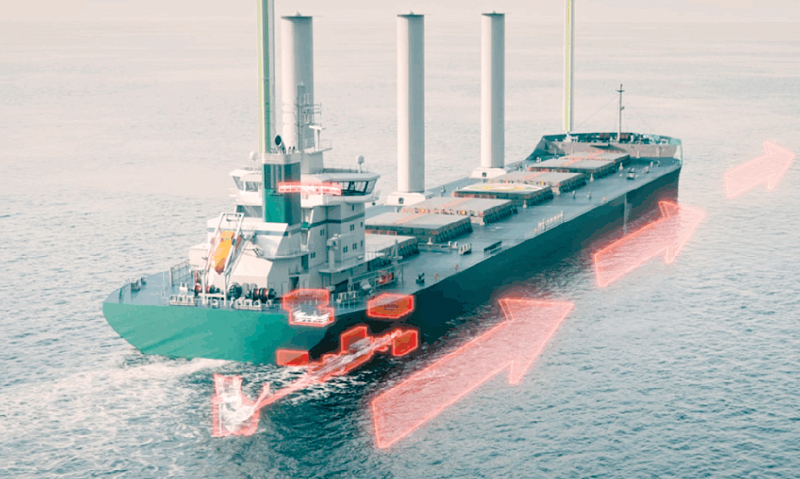Although the global fleet has only grown by around 10% since 2018, the number of shipping accidents has increased rapidly.
The main reason for this is the increasing age of ships, which are more susceptible to malfunctions and fires. According to a report by the classification society DNV, the number of shipping accidents increased by 42% between 2018 and 2024, even though the fleet only grew by a tenth of its volume.
These results highlight the risks associated with operating older ships.
The report ‘Maritime Safety Trends 2014–2024: Preparing for Future Risks’ is based on data sets from Lloyd’s List Intelligence, which has recorded more than 2,200 shipping accidents annually since 2021.
The majority of all incidents were due to damage or failure of the engines: At 60%, their share was significantly higher than ten years ago, when such damage was responsible for 38% of all accidents.
Shipping accidents involving ships over 25-years-old accounted for 41% of reported cases (up from 31%). Across all age groups, incidents involving engine damage increased by 20% by 2024, DNV reported.
“Faced with rising freight rates in a ton-mile oriented market, many shipowners delayed the scrapping of older vessels,” said CEO of DNV Maritime, Knut Ørbeck-Nilssen.
“This increased the risk to seafarers, cargo and the environment. The industry must act decisively to improve safety standards in the face of an ageing fleet. This includes modernising firefighting systems, enforcing stricter maintenance regulations, improving seafarer training and ensuring regulatory compliance. We also need to support seafarers with sufficient rest periods and shore leave,” he said.
DNV also notes an increased risk of fire and explosion incidents: in the last four years, the number of these shipping accidents has increased by 42%. Passenger and ferry traffic recorded the most accidents during the period under review. The increasing impact of geopolitical instability on maritime safety is illustrated by the increase in war fatalities from 12 in 2023 to 51 in 2024.
At the same time, there is also a positive trend in shipping: the number of casualties from collisions, groundings and sinkings has fallen by 26% compared to 2014. Although there was a slight increase in contact-related accidents in 2023 and 2024, the total number of accidental casualties is significantly lower than in 2014.
Head of Department Safety, Risks and Systems at DNV Maritime said, “In order to minimise future risks, thorough risk assessments are needed when developing new technologies, especially in areas where there is no or insufficient regulation. Integrating the human factor into technological advances significantly improves safety. This requires the updating and improvement of safety protocols and improved crew training.”
– Hansa.NewsGlobal









